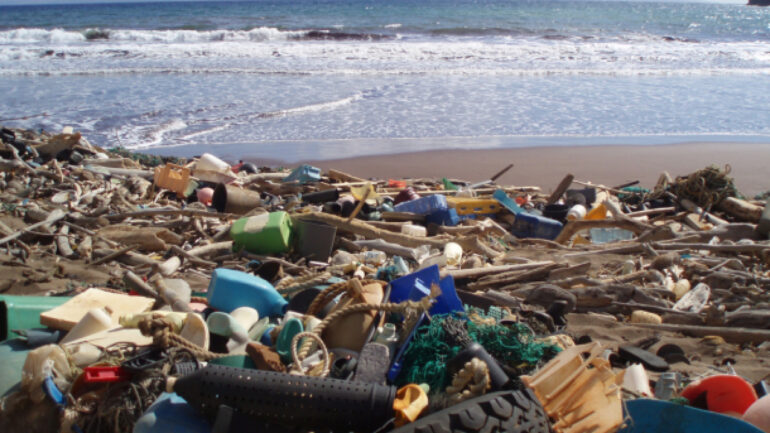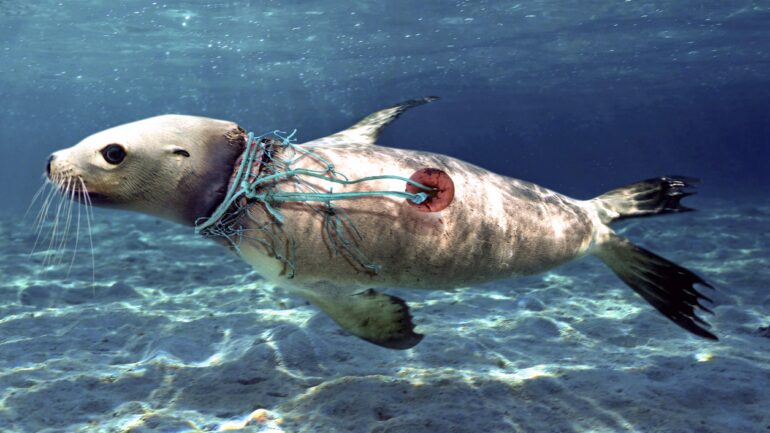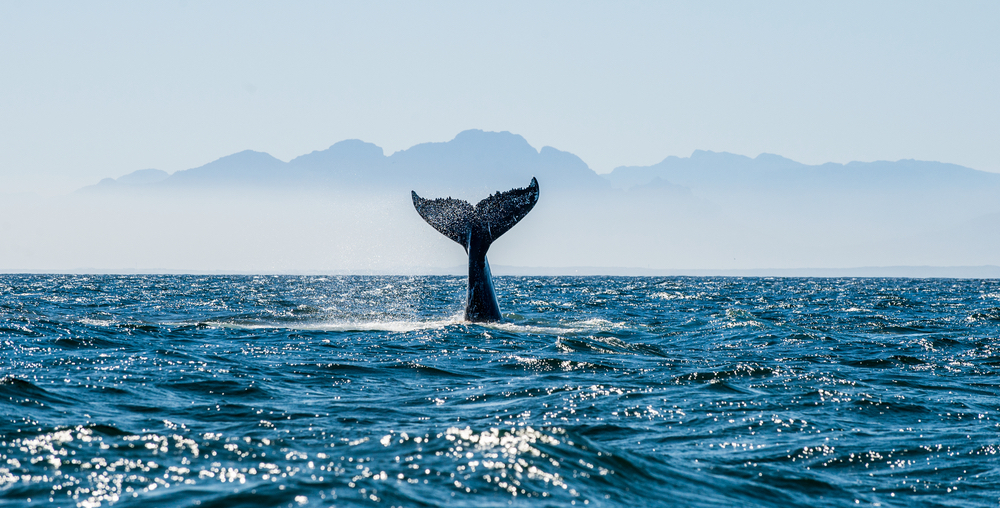
While the state of the world’s oceans on Oceans Day isn’t dire, humans are contributing to a filthy sea littered with waste.
Humans have a connection with the water and must protect the ocean to ensure a better future for everyone, said Prime Minister Justin Trudeau in a statement about Oceans Day.
“This special day invites us to reflect on the role we all play in preserving our marine environment,” Trudeau said. “It is a day to come together and recommit ourselves to protecting the world’s oceans for our children and grandchildren.”
This year’s theme focuses on ocean life and livelihood.
“[The theme] reminds us how important the oceans are to life on the planet and to many people’s livelihoods,” Trudeau said. “We are all stewards of the ocean, so together let’s celebrate their beauty by keeping them safe, clean, and healthy.”
World Oceans Day, an annual event celebrated on June 8 in recognition of the blue sea, was first declared on June 8, 1992, at the Global Forum in Rio de Janeiro.
The goal of Oceans Day is to raise global awareness of the benefits oceans have to humans while recognizing the challenges faced in maintaining the benefits provided by water.
While the Earth’s surface is predominantly composed of water, about two-thirds of the planet, humans don’t often think about the ocean.

Oceans play an important role in human life, from transport to leisure and Peter Wells, a senior research fellow at the International Oceans Institute at Dalhousie University, said people need to be ocean literate.
“Not only should people be aware of the role of the oceans in their lives but become aware that they can impact the oceans just like they can impact any environment in parks and rivers,” he said.
Since the ocean makes up 71 per cent of the planet’s surface, the issues of ocean health vary.
“If you go closer to the coast, then you have more issues related to industrial pollution, municipal pollution,” Wells said. “Issues, like plastics, have become kind of the flagship product of the pollution problem.”
The Atlantic shorelines are littered with trash, according to a report by the Canadian Society of Environmental Biologists by Noemie Blais, a Marine Affairs program student at Dalhousie University, .
More than 220,000 plastic items were collected during the 2010-2019 period on Nova Scotia, Prince Edward Island, and Newfoundland shorelines. The most common item found was cigarette butts, followed by rope, then tiny plastics or Styrofoam pieces wrapping the three predominant types of garbage on the Atlantic coast.
Plastic waste in the ocean is no different. Indeed, plastics found in the sea are largely a result of improperly managed waste disposal sites.
“If the material is not buried or burned appropriately it can be blown off and…it eventually gets to the sea,” Wells said.
Sometimes, on the coast of Sable Island, N.S., residents find balloons that travelled from as far away as Central America.
Wells says it’s a big problem with animals as they can become entangled with them. Plastic balloons can be found in the stomachs of birds, turtles, fish, sharks, whales, and various other marine life.
What’s unfortunate is some sea animals have been contaminated by sewage waste like PCBs, a highly toxic industrial waste compound.
Wells says Orcas are considered one of the most contaminated animals on the planet because they live in relatively shallow coastal waters which contain many contaminants.
“They’ve just picked up the contaminants through the food chain and they accumulate them or they pass them on to the young and they can have problems,” he said.
There are five ocean garbage patches, also called “gyres” because they are formed by the rotation of the ocean. One is in the Indian Ocean, two are in the Atlantic, and two are in the Pacific.
Wells says much of the material in these gyres is there because it floats and it’s a fairly easy problem to solve.
“If we stop putting material into the ocean, well, they’ll go away,” he said.
Wells says the future of ocean health depends on geographic location and how people contribute to less ocean waste.
“Whether they [countries] do enough to control it, depends upon the economic status of the country and the status of the people,” he said.

